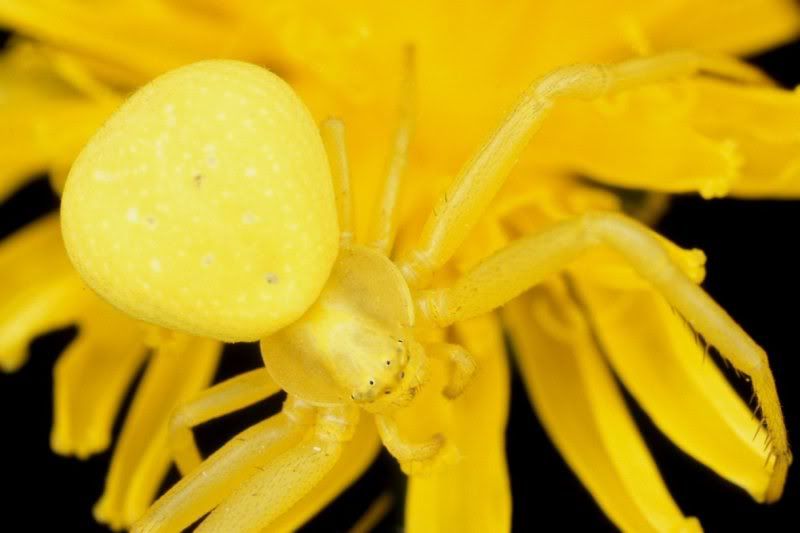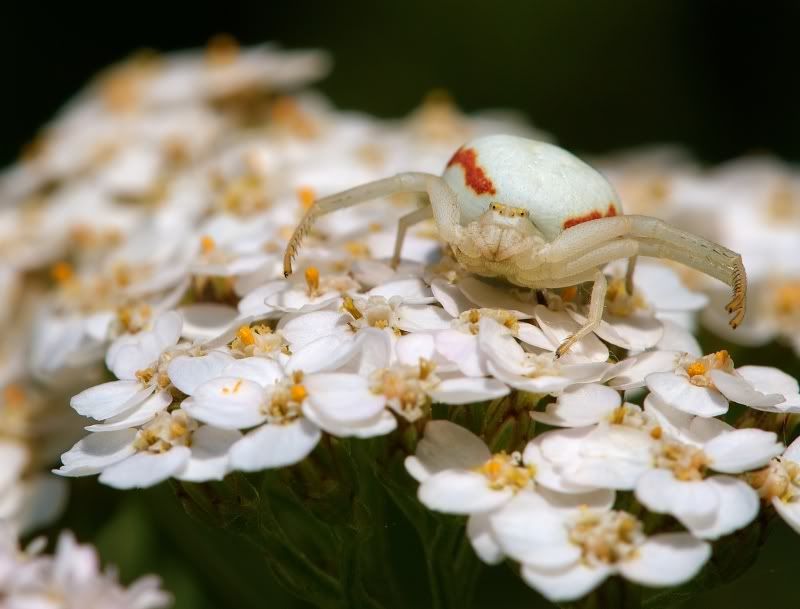Working with molecular techniques and thus, with the gut bacteria Escherichia coli have led my thoughts towards making images with bacteria on agar plates several times. But since I'm trained for GLP (good laboratory practice) these thoughts have remained thoughts.
Artist don't have these restrains on them, however (controversy rather fuels them). And of course there's a bunch doing what I and probably many other molecular biologists have been thinking of. For instance, there's the creation of a "living font" made from E. coli, cultured on agar media, changing color while growing. The result is rather neat (pic above!) but it's not really suitable for writing long lasting texts, and I bet it's smelly. And it's not really safe, since E. coli can cause some harm when entering your body the wrong way. It's quite cool though.
More science-related art:
http://www.tca.uwa.edu.au/
http://www.popsci.com/scitech/article/2008-05/victimless-leather
Aging Might Not Be Inevitable
1 år sedan







